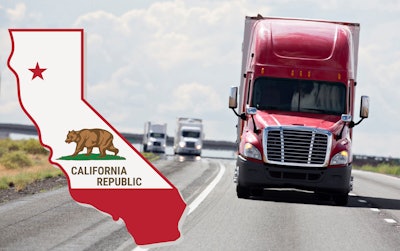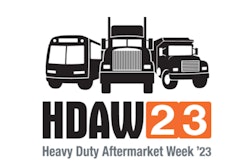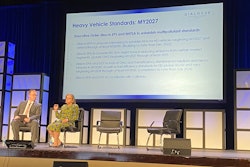
More support is building to slow the pace at which emission regulations are being set for the commercial trucking industry.
Two days after 34 Senators introduced a bill to overturn the most recent Environmental Protection Agency (EPA) emission regulations for medium- and heavy-duty trucks, American Trucking Associations' (ATA) President and CEO Chris Spear told Congress Wednesday that trucking needs realistic national timelines and targets to reduce emissions, rather than allowing California and other states to drive standards.
“ATA worked with the Environmental Protection Agency, producing Phases I and II emission reduction rules, as well as the SmartWay Transport Partnership – which has been a model of public-private cooperation. To date, 98.5% of all emissions have been removed from our tailpipes. In fact, 60 trucks today emit what one truck emitted in 1988,” Spear told Congress Wednesday.
Spear emphasized those gains, which include reductions of millions of tons of carbon, nitrogen oxide and particulate matter emissions, were the result of collaborative regulatory processes and realistic goals.
“This is not a debate about if we get to zero, but when. We’ll get there, just not on the timelines proposed by California. By excluding our industry in a mad dash to zero makes their timeline and targets not only unachievable … but guarantees they will fail,” he said. “To get to zero, we must be honest and transparent about the road ahead.
“Sourcing rare minerals needed for millions of 5,000 pounds of truck batteries, the infrastructure needed to charge them and the additional electricity needed to power our trucks, full scale, doesn’t yet exist … and won’t if you allow California to set the nation’s standard.”
Spear said if California’s proposals are allowed to set targets and timelines for emissions reductions, it will certainly impact the industry and the supply chain. Americans will feel those disruptions.
[RELATED: How California’s autonomous Air Resources Board muddles national emission regulation debate]
“Over the next decade, trucks will be tasked with moving 2.4 billion more tons of freight than they do today — the moment that slows or stops, Americans, your constituents, will want answers,” he said. “The responsible approach is also the realistic approach. Achievable timelines and targets matter. We’re committed to a cleaner environment — we’ve proven that. We simply ask that we be realistic about the path forward. Do that, and we’ll post the best environmental gains possible.”











